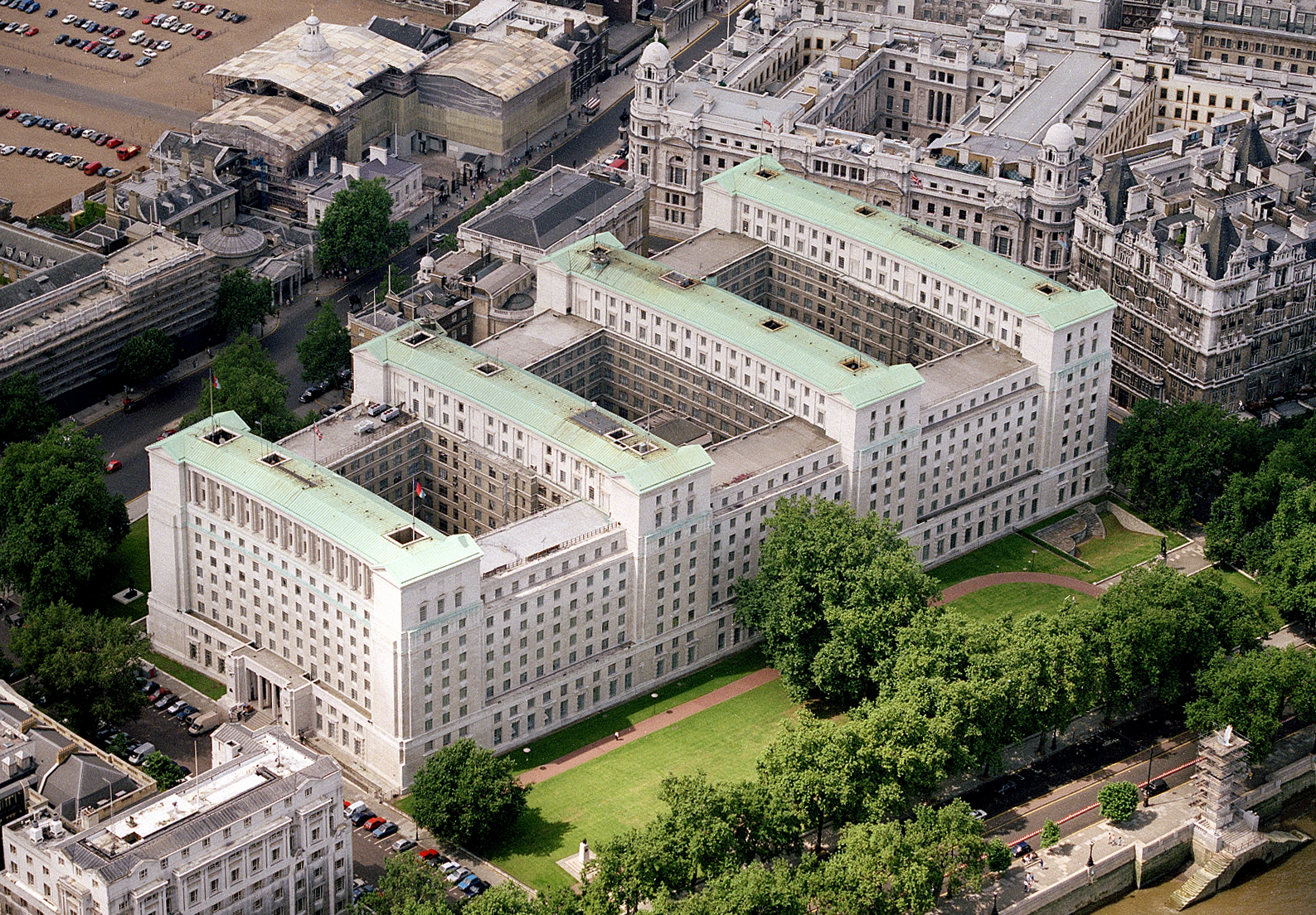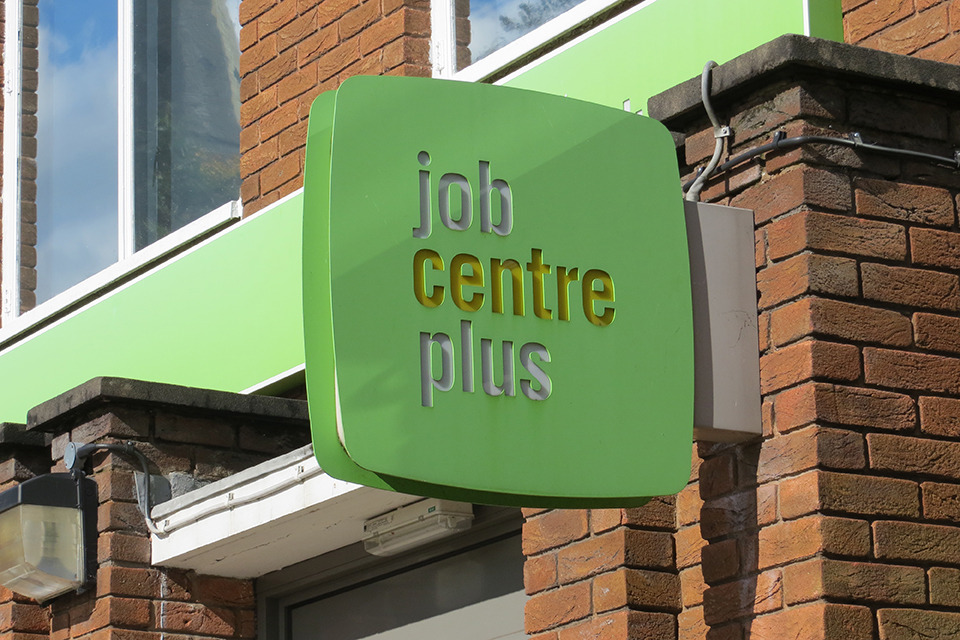Cabinet Office annual report shows digital agency also brought in more than £2m in extra revenue
Credit: PA
The delivery programmes of work carried out by the Government Digital Service in 2019/20 cost over £5m less than expected when compared with the prior year, the Cabinet Office’s annual report has revealed. GDS also generated an additional £2m of income during FY20.
The report does not provide a specific annual expenditure figure for the digital unit. But the Cabinet Office indicated that expenditure on capital programmes dedicated to the core efficiency-of-government “objective” under which GDS falls stood at £9.55m in the 12 months to 31 March 2020.
This figure has reduced by more than a third on the prior-year total of £15.03m.
“This decrease is attributable to lower than anticipated costs for the Government Digital Service programmes of £5.43m,” the report said.
GDS also grew income by more than a quarter, with revenue generated during the year rising from £8.12m in FY19 to £10.35m last year.
The technology agency is grouped under the third of its parent department’s five “core strategic objectives”: to “ensure the delivery of the finest public services by attracting and developing the best public servants and improving the efficiency of government”.
Also contained in this area is the Government Commercial Function, the Infrastructure and Projects Authority, Civil Service HR, Government Shared Services, the Office of Government Property, and the Government Communication Service.
The Brexit work of the latter was responsible for a big hike in the annual ‘resource’ spending – covering the day-to-day work of government – dedicated to this area.
£5.43m
Decrease in cost of GDS capital programmes compared with expectations
132 million
New record for weekly GOV.UK pageviews, set during coronavirus crisis
900%
Increase in demand for use of GOV.UK Verify to authenticate Universal Credit applications, as a result of coronavirus
September 2021
New end date for government funding of Verify
£10.35m
Income generated by GDS in FY20
A total of £252.1m in resource money was spent on efficiency 2019/20, compared with £211.3m in the prior year. The rise was almost entirely accounted for by the £38.9m cost of delivering the government’s ‘Get Ready for Brexit’ communications campaign, according to the Cabinet Office.
Total departmental net expenditure for the year stood at £993m – significantly higher than the £627.1m spent in FY19.
‘A trusted brand’
Over the course of the 2020 fiscal year, GDS was lauded for having “reinforced its trusted brand as the place to access government information and services online”.
The digital unit played a “critical role” in government Brexit preparations, the report said, while also publishing the Government Technology Innovation Strategy and a guide for public-sector use of artificial intelligence.
There was particular praise for its work in the latter part of the year in supporting coronavirus response.
“GDS put unprecedented measures in place to respond to Covid-19,” the report said. “The pandemic led to a rapid surge in demand for, and reliance on, the government’s digital infrastructure. GOV.UK received a record-breaking 132 million page views in a single week as the centrepiece of the government Covid-19 communications campaign.”
It added: “New digital services have been built from scratch at short notice by both GDS and DDaT teams across government. This included the National Shielding Service that has already been used over 1.2 million times and enabled more than 285,000 clinically vulnerable ‘shielded’ people to register for essential food supplies. GDS has also built a service for businesses to volunteer their support for the Covid-19 response effort; which has since generated over 20,000 responses.”
Work to support a “surge in demand” for existing services was also picked out, including measures taken to ensure government could cope with tenfold increase in demand for access to Universal Credit via GOV.UK Verify.
The Notify messaging platform was also used by the public sector to send a daily total of up to 8.6 million text messages and emails during the crisis, the report said.
“GDS collaborated with the National Cyber Security Centre and Government Security Group to identify and establish appropriate interoperable video conferencing solutions,” it added. “GDS plans to establish collaboration standards to improve cross-government interoperability.”
Running risks
The future of Verify was picked out among the major risks facing the department.
“The Verify identity verification programme has continued to pose notable risks to the department due to challenges in delivery,” it said.
The identity-authentication tool was due to move to a private sector-led model of management from the beginning of April, with no more government funding provided from that point.
But, with demand increasing – and three of the five commercial partners announcing that they would no longer issue new identities – the government decided shortly before this that it would continue funding the service, and signed 18-month contract extensions with the two remaining providers of new accounts: Digidentity and the Post Office.
Three others that were previously under contract, Barclays, Experian and SecureIdentity, have decided to no longer support the creation of new accounts. The trio will continue to support existing accounts until March 2021, but are due to end support entirely thereafter.
With 6.7 million accounts already created – and the service playing an instrumental role in delivering Universal Credit – the Cabinet Office will need to ensure Verify, or an equivalent tool, remains fit for purpose well beyond the current September 2021 cut-off date for government funding.
“To manage [risks], the Commercial Models team have provided additional support and intensive engagement is underway with identity providers to develop a refreshed commercial framework,” the annual report said. “GDS continues to work very closely with these providers and DWP to respond rapidly to the unprecedented COVID-19 driven demand for Verify services and capacity was increased rapidly in the second half of March 2020.”
Also listed alongside Verify in the department’s “inner ring risks” – which are “those for which the Cabinet Office is directly and wholly accountable” – was the ever-present threat of cyberattacks.
“An ongoing risk of cyber security incidents within Cabinet Office due to the vulnerability of legacy IT systems is being managed by work to strengthen overall capability as part of the Government Digital Service/Digital and Technology Team consolidation programme,” the report said.
A cyber audit conducted during the first three months of 2020 “is expected to report on baseline capability in Q1 2020/21”, the document added.



